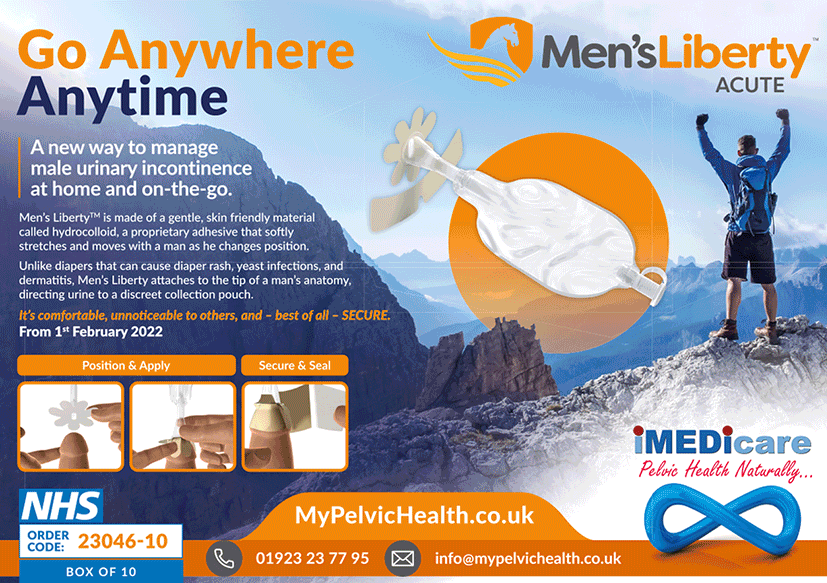A different conversation about urinary incontinence
Whether you’re managing your own problem or helping somebody else, there are options out there. Let’s take a look at the prevention, management and treatment of urinary incontinence.
We are all aware of the importance in reducing our climate footprint, but how can we be more sustainable when it comes to incontinence products? Using the correct products is essential to dignity, comfort and quality of life. In this article we explore how modern reusable products offer more flexibility, and can provide a more eco approach if you’re keen to stay green.
Whether someone is dealing with short term, long term or permanent incontinence, they might experience difficulties socially and psychologically. We discuss the experience of stigma amongst people suffering from urinary incontinence, to create greater understanding and empathy around this common medical condition.
Stress urinary incontinence is when you leak from your bladder when coughing, sneezing, laughing, running or jumping, for example. In this article we look at why it happens, treatments available, when to seek help from a medical professional, and the importance of pelvic floor exercises to prevent and improve the condition.







